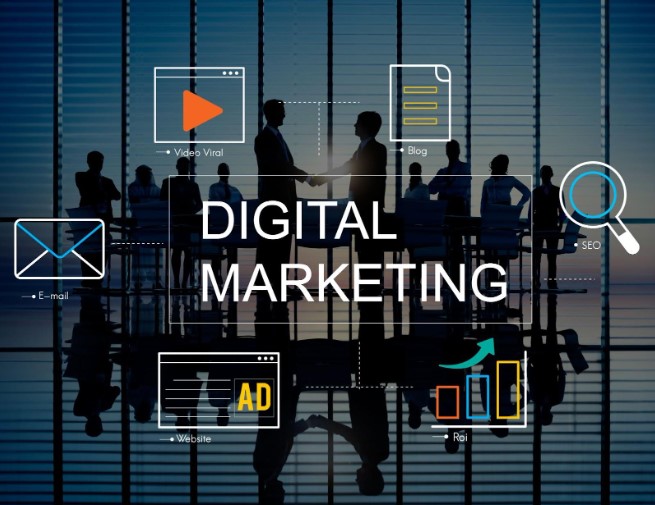We’ve all been there: we land on a website, and something about it immediately captivates us. Maybe it’s the clean design, the compelling visuals, or the easy-to-navigate layout. But what’s the secret behind such magnetic websites? As someone who has poured over countless website designs and spent countless hours tweaking and refining elements, I’ve realized that it’s a blend of art and strategy. With platforms like remixable, website creation has become more intuitive, but it’s up to us to harness that tool and craft an experience that transforms mere visitors into loyal customers.
1. Prioritize Simplicity Over Flashiness
One might think that having a flashy website with all the bells and whistles would be the best way to impress a visitor. Yet, more often than not, simplicity wins. Websites that are clutter-free and have a clear message make it easier for visitors to understand your brand and the value you offer. Just like how to train like a pro even with chronic pain?, it’s about focusing on what’s necessary and doing it well.
2. Incorporate Trust-building Elements
Incorporate testimonials, reviews, and trust badges prominently. When potential customers see that others have had positive experiences with your brand, it builds trust. Remember, trust is the foundation of any strong customer-brand relationship.
3. Ensure a Mobile-friendly Design
With more users accessing websites from their smartphones, a mobile-responsive design isn’t just an option—it’s a must. No one wants to pinch and zoom or struggle with buttons that are too close together. If your site isn’t mobile-friendly, you’re turning away a large chunk of potential customers.
4. Use High-quality Images and Videos
While content is king, visuals play a crucial role in holding a visitor’s attention. They can explain complex concepts in seconds and make your website more engaging. Whether it’s product photos, explainer videos, or visual representations of data, ensure they are of high quality. If you’re intrigued by the power of visuals, you’d love 6 art forms that can reveal deep spiritual insights. It delves into the impact of visuals on our understanding and emotions.
5. Optimize Load Time
No one likes to wait, especially online. If your site takes too long to load, visitors are more likely to bounce off. Optimize images, streamline code, and consider a content delivery network (CDN) to speed things up.
6. Have a Clear Call to Action (CTA)
After engaging with your content, what do you want your visitors to do next? Whether it’s signing up for a newsletter, making a purchase, or downloading a guide, make your CTA clear and compelling.
7. Consistent Branding
Branding is more than just a logo. It’s the colors you use, the tone of your content, and the overall feel of your website. Ensure consistency in all these elements, so your brand is instantly recognizable and memorable.
In conclusion, while instruments like Remixable have made the method involved with making sites less difficult and more instinctive, the essential plan components convert guests into clients. By zeroing in on the client experience and creating a site that reverberates with your interest group, you’ll be well headed to making on the web progress.
Understanding User Intent
User intent is one of the most overlooked aspects when designing a website. However, understanding why someone visits your site is critical to guiding them through the user journey effectively. Is the visitor looking for information, seeking to make a purchase, or merely browsing? Fitting the plan and content to meet this purpose upgrades client fulfillment as well as improves the probability of changing over guests into clients. For instance, on the off chance that a client lands on an internet business website, having item suggestions in view of their perusing history can make their shopping experience more customized and tempting.
Engage with Interactive Elements
In an era where attention spans are diminishing, holding a visitor’s interest becomes paramount. Integrating intuitive components, for example, tests, surveys, or even straightforward float impacts, can make your site seriously captivating. These elements keep guests on your site longer as well as furnish them with a more vivid encounter. Intuitive components can offer experiences into your guest’s inclinations, which can be priceless while refining showcasing methodologies or customizing content. Everything without a doubt revolves around making a two-way exchange, even in a computerized space, to cause the guest to feel recognized and esteemed.
Harnessing the Power of Aesthetics
While functionality is fundamental, aesthetics play a significant role in influencing a visitor’s perception of your brand. A well-designed site that uses a harmonious color scheme, modern typography, and compelling visuals can evoke positive emotions in a visitor. These emotions, whether it’s trust, excitement, or even nostalgia, can be powerful tools in guiding a visitor’s actions. Just think about the brands you love; their design aesthetics likely resonate with you on an emotional level. By understanding the emotional triggers of your target audience and incorporating them into your design, you can create a more profound connection with visitors, turning them into loyal customers.


